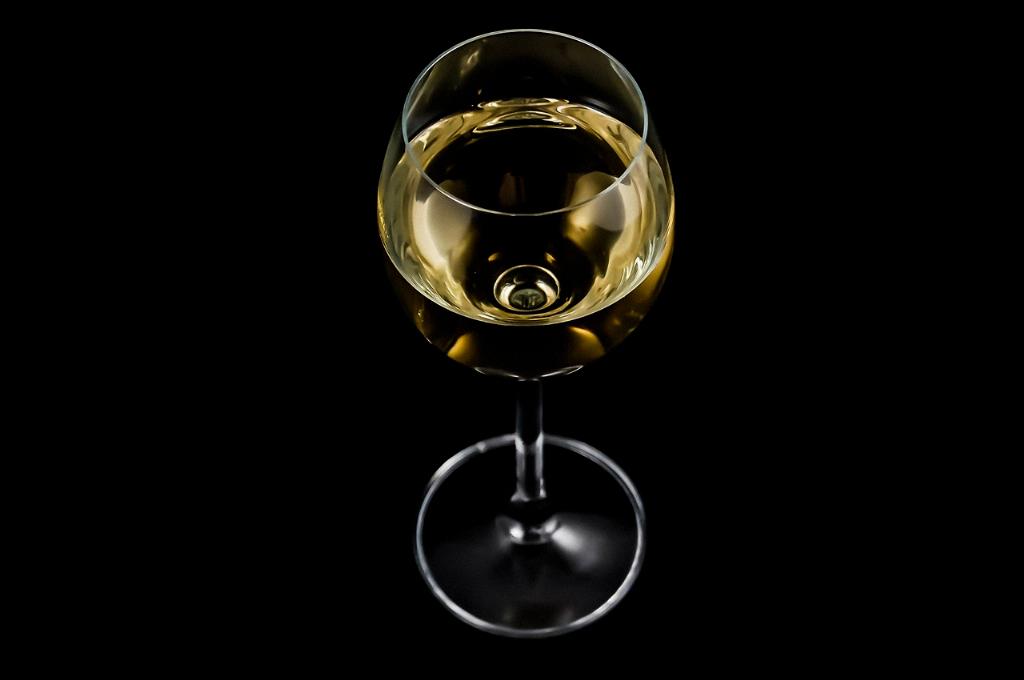When it comes to culinary combinations, the pairing of milk and wine is a topic that has sparked some curiosity and debate. While it may seem unconventional to mix these two distinct beverages, there are instances where this combination has been explored in various cocktails and recipes. Let’s delve deeper into the topic and uncover whether milk and wine truly go together.
A Journey into Unconventional Mixology
In the realm of mixology, creative bartenders have invented cocktails that incorporate both red wine and milk. One such example is the enticingly named “Pantera Rosa” or Pink Panther cocktail. This intriguing concoction combines the richness of red wine with the creamy texture of condensed milk. However, it is important to note that the acidity in the wine can potentially cause the milk to curdle, resulting in an unpleasant texture. So, while the curdling is not harmful, it may not offer the most enjoyable drinking experience.
Exploring the Chemistry
To understand why milk and wine may not always mix harmoniously, it is necessary to delve into the chemistry behind this combination. Wine, particularly red wine, contains tannins and acids that can cause proteins in the milk to denature and coagulate. This interaction can lead to the milk curdling, resembling the texture of clumpy cottage cheese. While this may not be harmful, it can be off-putting to those seeking a smooth and enjoyable beverage.
Matters of Taste
Taste preferences vary among individuals, and what one person finds delightful, another may find distasteful. When it comes to the combination of milk and wine, personal preferences play a significant role. Some individuals may enjoy the unique flavor profile that emerges from the fusion of these two ingredients, while others may find the texture and taste unappealing. Ultimately, it is a matter of personal choice.
Alternative Pairing Options
If you still wish to explore the combination of milk and wine but want to avoid the potential curdling effect, there are alternative pairing options to consider. For instance, fortified wines like sherry or port have a higher alcohol content, which hinders the curdling process. Additionally, sweeter dessert wines can provide a balanced sweetness when combined with milk, creating a delightful after-dinner treat.
Wine and Cheese: A Classic Combination
While milk and wine may not always be the perfect pairing, the combination of wine and cheese has stood the test of time. The acidity in wine helps cut through the richness of cheese, creating a harmonious and complementary flavor profile. So, if you’re looking for an exquisite culinary experience, consider indulging in a glass of wine alongside a carefully selected cheese.
Experimenting with Cream-based Cocktails
If you’re a fan of creamy cocktails and wish to incorporate wine, there are alternative routes to explore. Instead of using milk, consider using cream or a non-dairy milk substitute like coconut milk. These alternatives tend to be more stable when mixed with wine, providing a smooth and luscious texture without the risk of curdling. Be sure to experiment with different ratios and flavors to find the perfect blend.

The Bottom Line: Personal Preference Prevails
In conclusion, the combination of milk and wine can be a hit or miss depending on personal preferences and the specific drink or recipe. While some innovative mixologists have crafted enticing cocktails embracing this unlikely duo, the potential for milk to curdle due to the acidity in wine should be taken into account. Exploring alternative pairing options or focusing on classic combinations like wine and cheese might just be the key to a more enjoyable and harmonious culinary experience. Ultimately, taste is subjective, so go ahead and experiment, and let your palate be the judge.
